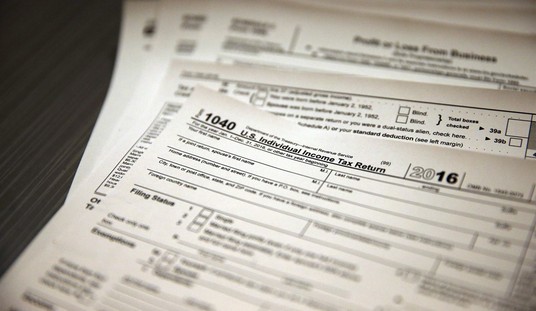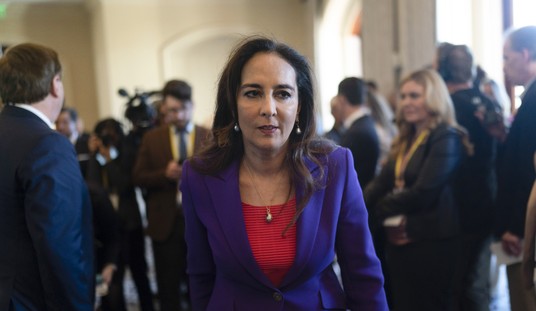While conditioned to get beer as fresh as possible, the concept of aging styles might be a foreign concept. Not the case with Bourbon County Stouts.
Last week I delivered a feature on the new series of labels from Goose Island Brewery’s Bourbon County Stout annual release. As a follow up I will be reviewing a number of BCBS offerings from over the years. I have been fortunate to collect a few of these over the past couple of years and have been keeping them sequestered in the back of the fridge for some time. I elected to go ahead and crack them open now, for the sake of exploring the potability after maturation.
First off, understand that these are beers that are given to conditioning since they are themselves an aged style. The stouts are granted time in bourbon barrels and are predisposed to a lasting maturation. This is in defiance of what we have come to expect with most styles, as a fresher version of a label carries more flavor. This is the appeal of draft beer, as it is tapped from the vats, never pasteurized, kept cold, and ostensibly delivered as close to its tapped date.
Now before tasting, I do have to admit to a slight handicap. While I have enjoyed a variety of Bourbon County over the years I do not have consummate recall of all the nuances of one I consumed, say, around the time of Donald Trump’s inauguration. The best we could do is a side-by-side tasting with a 2022 bottling, but as we have experienced, each year the release of BCBS carries with it its own distinct qualities. Thus, the best we can do is pop caps and gauge the quality on face — or label — value.
The BCBS lineup for 2022, including the 30-year anniversary edition made with a blend aged in 4 different Booker Noe labels bourbon barrels.
Black Friday is nearly here… pic.twitter.com/3MjMOXPGSz— Brad Slager: Polling For Soup (@MartiniShark) November 22, 2022
One thing to be certain about: These are going to be good. This line of beers has become legendary in the craft brewing circles for instituting the practice of aging stouts in the cooperage from distillers, so much so that every year, they stage a Festival of Wood and Barrel Aged Beers in Chicago, in the backyard of Goose Island Brewing. So let us get into these vintages I have been maturing behind my lettuce crisper.
All of these are 16.9 ounces and are made to be consumed slowly. You are not slugging these back after a day of yard work. You need to settle in and experience things gradually, focusing on the brew. I prefer to start with them slightly chilled and allow them to warm as I am drinking. This brings out more flavors throughout the bottle.
2021 Bourbon County Classic Cola Stout — 14.7%
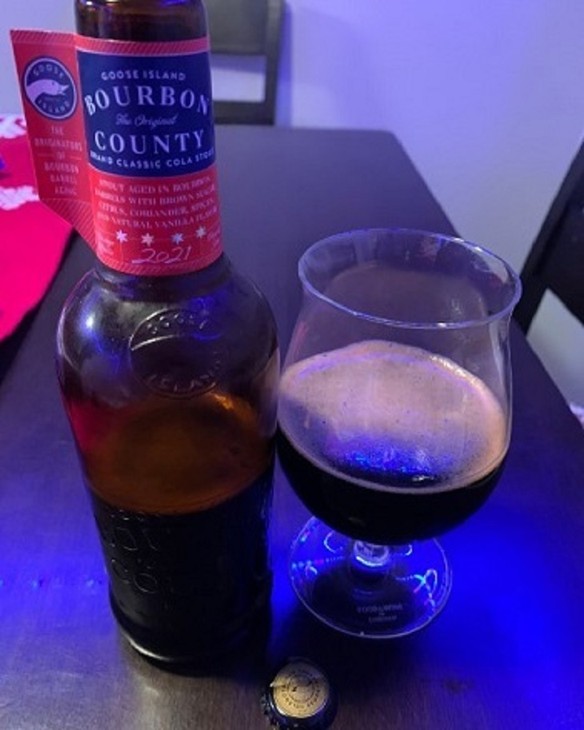
The brewery over the years has delivered a number of variations with its annual release, experimenting with flavors and adjuncts to expand the profile of these legendary beers. Last year, I found a bottle of this varietal, intended to get a flavor close to a soda. Apart from the standard stout recipe, this batch has had brown sugar added, with some citrus, coriander, vanilla, and other spices.
As is the case with BCS, it poured with a thin collar of foam that dissipated in about 30 seconds. The aroma was a mixture of oak wood and an almost faint pastry sense. When tasting right away, you are greeted with a slight sweetness, which is unique to these beers. Initially, the sense I had was that of raisins, with a woody aftertaste and the bourbon sensation rather prominent. But then the full profile comes into bloom and you are left with the cola-like taste. It was more of an uncarbonated soda, like a smoothed Jim Beam and Coke. After a time, some of the spice begins to come out and the bourbon rises up as more of a presence.
This one was really impressive as it had layer after layer of flavor and it evolved through the drinking. It had a thick body but was very slick on the tongue. I hope to find more of these down the road.
2019 BCBS Standard — 14.2%
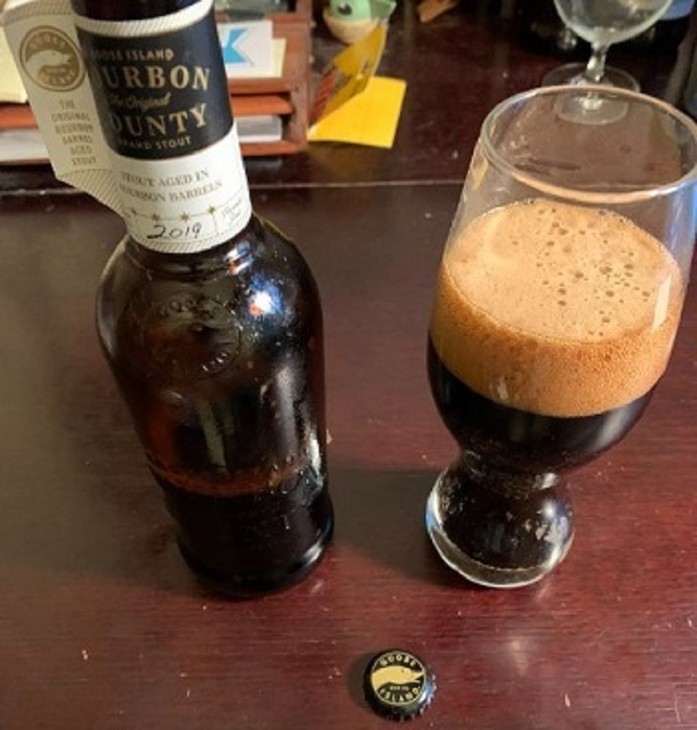
This one carries all the expected elements from this line. It delivered a coppery head that was slightly thicker and lingered a bit longer than normally seen with these beers. The roasted stout flavors are there, backed up by the woodiness, and then the bourbon aspect rises up behind those. It leaves you with the sensation of your mouth vacillating between a beer and a bourbon on the rocks.
What always amazes with this label is that, while boasting a hefty alcohol level, you are not presented with an alcohol-forward brew. Other brands have stouts at 9% or 10%, and you have to move past that alcohol presence to get to the flavors. With the BC line, they smooth out that blast and get you right to the main event. This vintage is a classic in this style, with a slightly dry aspect. This line typifies what a stout-in-a-barrel should be.
2018 BCBS — 15.2%
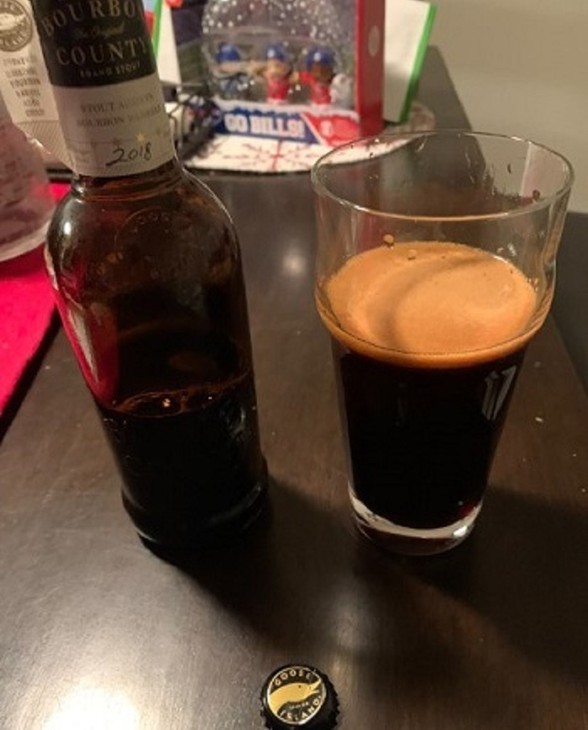
While remembering back to tasting is not always perfectly clear, I do have memories of this year’s release being a step back for me. This iteration poured similar, with a thin collar that left quickly, but there was a garnet hue to the foam. The aroma was a mixture of smoke and peat, with a juicy or wine character mixed in. The taste was distinct from other BCBS offerings, as there was a distinct taste of dark fruits. Blackberry came through with an earthiness, and this lingered throughout the sampling. Only later, as the fluid warmed, did the woodsy and faint bourbon character start to fight through.
What this was more reminiscent of was other spirits I have had aged in other barrelings. There is a similarity I am picking up to Pilar Rum aged in sherry casks, with that character coming through in a very significant departure from standard BCBS releases. This is very much unlike what you expect from the line. I almost want to call this batch a disappointment, but in reality, it is because it is just different from expectations. Even with this being the strongest offering of my sampling, the drinking was still smooth, with no alcohol bite. Just that the rich flavors similar to currants are not what one expects from this beer. Call it something else and it is likely there would be raves. Just not what one expects from this line.
2017 — 14.8%

This one stands out as being an exemplar of this brand. It is a straightforward barrel-aged stout in all manner. It pours a thin cardboard-hue head that quickly faded to a rim of foam along the glass. The aroma is wood and chocolate with some roasted coffee traits. It is robust in character and thick on the tongue while remaining drinkable. Oak and cedar flavors give way to more complex flavors, like molasses, and later it warms up with some toffee characteristics. All the while, the bourbon is prominent, as if the subtle flavors softened over time and the established barrel components developed more.
As I drank, there were traces left on the side of the glass, maybe a sign of some separation taking place. I did slowly agitate each bottle before drinking, to be sure to blend things as needed, but this is a minor flaw, at the most. This is a deeply drinkable and luxurious brew, one that added more components as I went forward.
EPILOGUE
Does aging beers of this caliber enhance things? Well, to be completely sure, you need to take copious notes today, file them, and then call them back as you sample a second bottle. But the real testament is that here I am drinking old brews, including a five-year-old beer, and instead of being greeted with a skunked brew I am savoring complex flavor profiles and enjoying something with a label scarred by time spent in storage. Has the aging made things better? That is tough to say, but it says everything that after years since being bottled these labels are far better than anything you can purchase from a cooler today.



